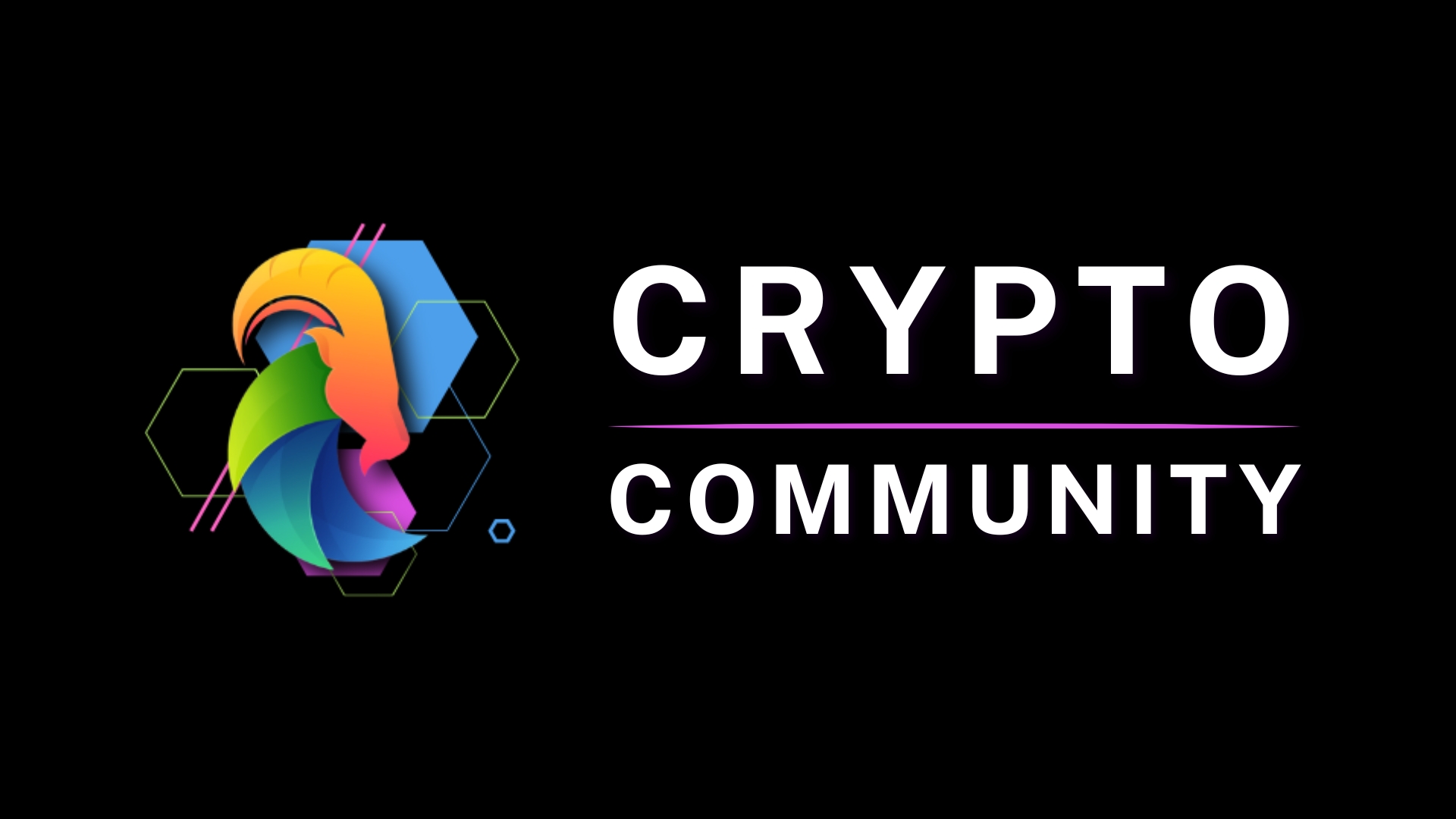XRP Prediction: What Happens If Ripple Acquires Circle?
As always — do your own research. But when I started digging into this angle, I was floored that nobody’s really talking about it: What if Ripple buys Circle (the company behind USDC)? I actually stumbled into this rabbit hole when I logged into X (formerly Twitter) and got hit with a pop-up asking if I wanted to connect my wallet to buy NFTs and send peer-to-peer payments. Naturally, I got curious — and after a little digging, I found what might be the real story behind the scenes.
There’s a possibility that Ripple is building toward something massive, and if the company pulls off a Circle acquisition, it could flip the script on stablecoins, cross-border finance, and most importantly — XRP.
In this article, we’ll break down what Ripple is doing with institutional payments, how Circle and USDC fit into the equation, and what kind of ripple (pun intended) this could have on XRP’s future. If you’re here for the XRP prediction, keep reading.
Ripple’s Shift Away from Retail
Ripple used to cater to retail, but that era is long gone. The company has been laser-focused on building infrastructure for banks, remittance firms, fintech platforms, and even governments. Its core offering? Ripple Payments (formerly RippleNet), which allows institutions to move money across borders nearly instantly — often using XRP as a bridge asset.
Ripple also launched Liquidity Hub, a service that lets enterprises access crypto liquidity without having to mess with centralized exchanges. But they were very clear about it: Liquidity Hub is an enterprise product, not designed for retail.
Why does this matter? Because Ripple is trying to position itself as the backbone of global payments — not a retail exchange, not a meme coin, and definitely not a hype token.
The next logical step? Add a fully integrated stablecoin. And that’s where Circle enters the picture.
Circle and USDC: The Missing Puzzle Piece
Circle is the issuer of USDC, the second-largest stablecoin in the world. It’s fully backed by cash and short-term U.S. Treasuries, and it’s trusted by companies like Visa, BlackRock, and Coinbase. Circle’s transparency and regulation-first approach have earned it credibility in the U.S. and beyond.
Now here’s where it gets wild: In 2025, Ripple reportedly offered $5 billion to acquire Circle. Circle denied the deal — but the news leaked. That tells us one thing: Ripple wants in on the stablecoin game in a big way.
USDC is already integrated into exchanges, DeFi platforms, and fintech tools. If Ripple got its hands on Circle, it would instantly gain:
- Deep liquidity across every major exchange
- Regulatory-friendly positioning
- Built-in trust with institutional players
- A digital dollar to pair with XRP in cross-border corridors
That’s a huge value add. And it’s not just about USDC being “stable.” It’s about the network effect. Ripple + USDC = an unstoppable combo for both institutional and retail flows.
XRP Becomes the Bridge to Everything
Let’s paint the picture. Say Ripple successfully acquires Circle. Now they control USDC and they already have XRP running transactions for cross-border payments. Suddenly, you’ve got an ecosystem where:
- XRP bridges value across borders
- USDC provides stable fiat rails
- Institutions can use Ripple Payments + Liquidity Hub + USDC/XRP all in one place
More importantly, they can do this without needing SWIFT, correspondent banks, or slow clearinghouses.
Now let’s talk numbers.
If Ripple Replaces SWIFT… What’s the XRP Prediction?
Let’s be real: SWIFT moves $5 trillion/day, or $1.25 quadrillion/year. If Ripple captured even 10% of that market, it would move $125 trillion annually.
How much XRP would be needed to support that?
- If only 1% of that value needs to be held in liquidity at any given time, Ripple would need $1.25 trillion worth of XRP locked in market-making pools, exchanges, or liquidity hubs.
- Assuming the full 100 billion XRP supply is in circulation (thanks to Ripple’s 1B/month unlocks), you get:
- $1.25T / 100B = $12.50 per XRP (10% of SWIFT volume)
- $12.5T / 100B = $125.00 per XRP (100% of SWIFT volume)
These aren’t moonshot numbers based on hype — these are based on liquidity math. XRP wouldn’t even need to spike randomly; its value would rise to reflect its role in a multi-trillion dollar ecosystem.
And if Ripple only lets a portion of the monthly unlocks enter circulation? Price could be even higher due to lower supply.
Ripple + Circle = Tether’s Worst Nightmare
Tether (USDT) is still the biggest stablecoin by market cap — but it’s constantly under fire for lack of transparency. USDC, by contrast, is clean, audited, and regulated.
If Ripple acquires Circle, USDC gets plugged into:
- RippleNet and XRP Ledger
- Liquidity Hub and enterprise corridors
- CBDC projects Ripple is already involved with
This isn’t just good for XRP — it’s devastating for Tether. Regulators want stablecoins with visibility. Banks want accountability. Ripple-Circle delivers both.
More importantly: XRP benefits from being the most liquid, the most integrated, and the most institutional-ready asset in the new system.
Fintech & CBDCs: The Real-World Expansion
Circle already has stablecoin partnerships with Visa, Mastercard, and major DeFi protocols. Ripple already works with central banks on CBDC pilots. Combine those, and suddenly you have a platform that can power:
- Fintech apps using USDC for transactions
- Banks using XRP for forex conversion
- Governments issuing digital currency backed by Ripple tech
If Ripple owns Circle, XRP is no longer just a bridge asset — it’s part of the core payment infrastructure for the digital economy.

[mwai_chatbot id="default"]



